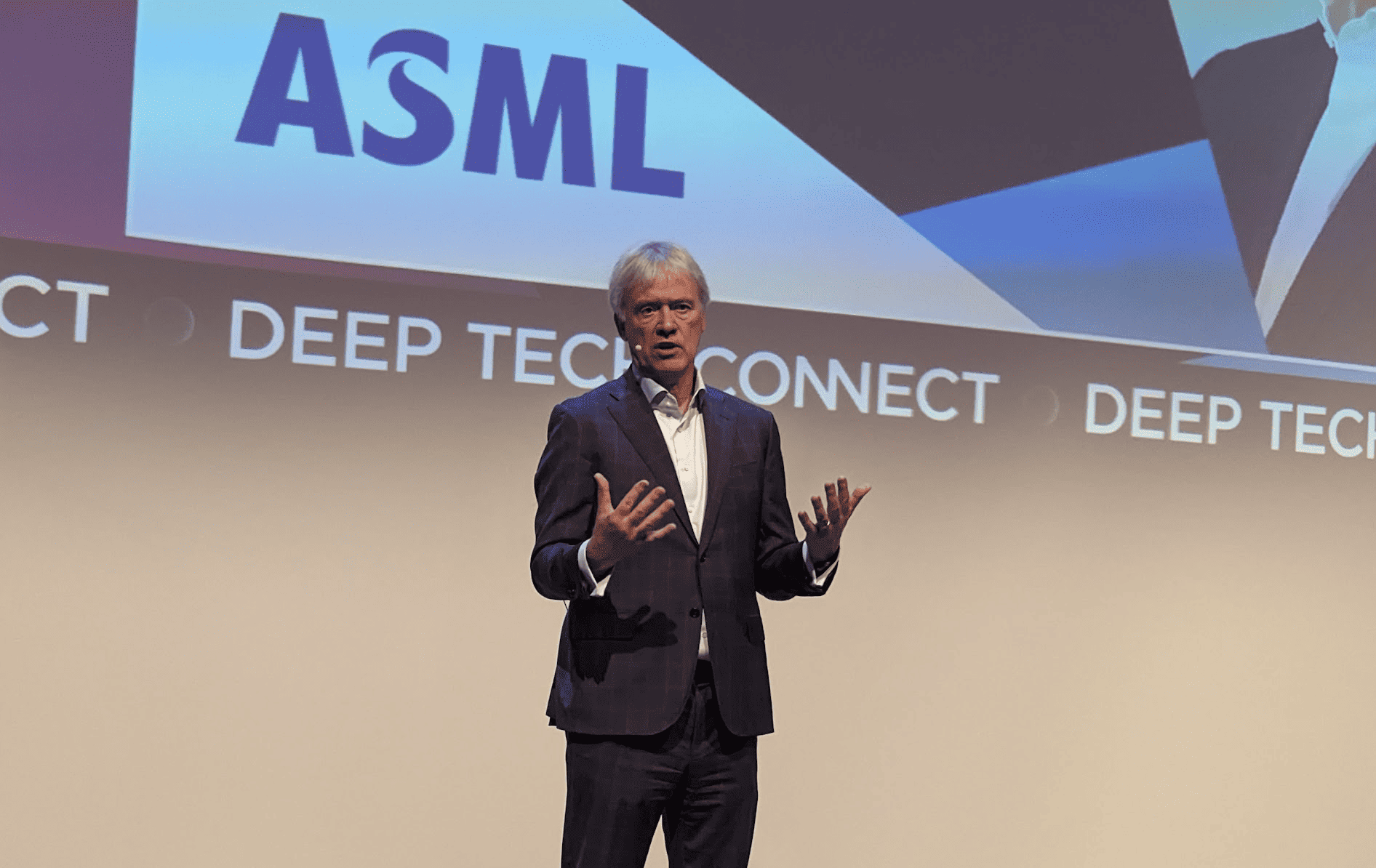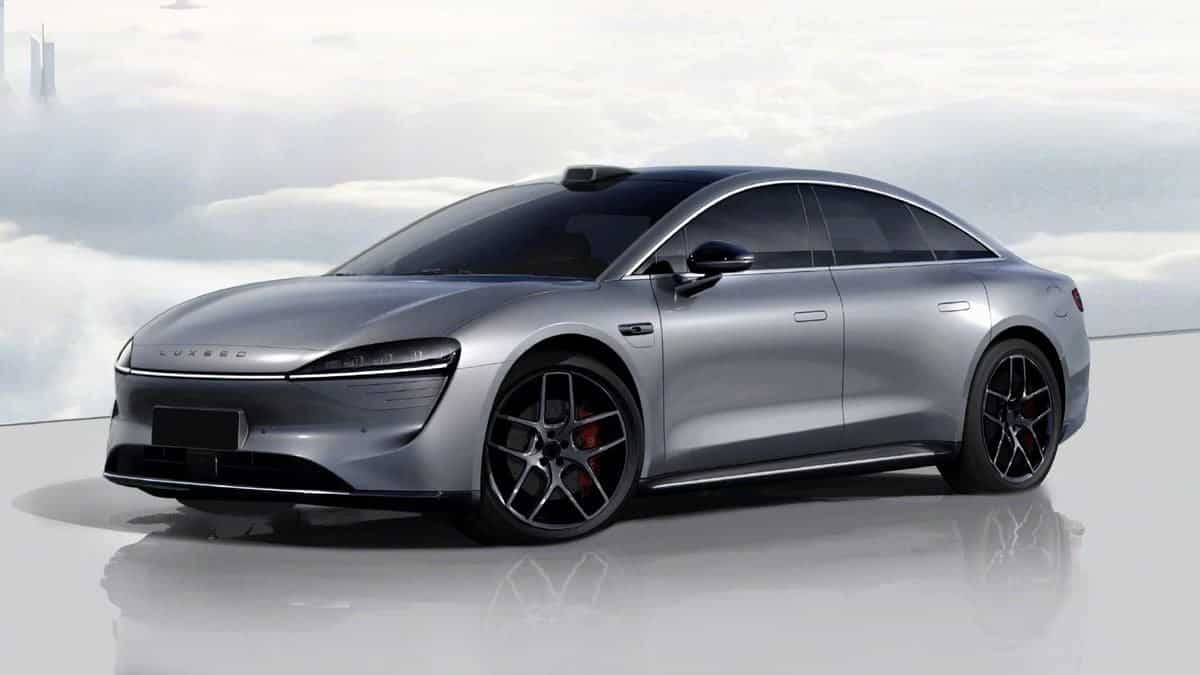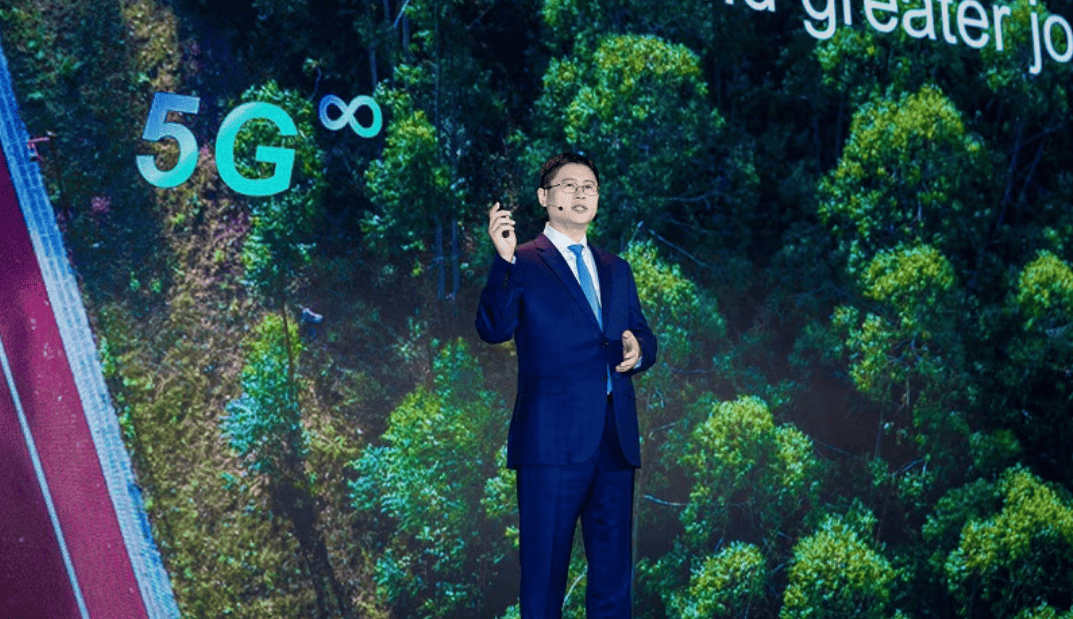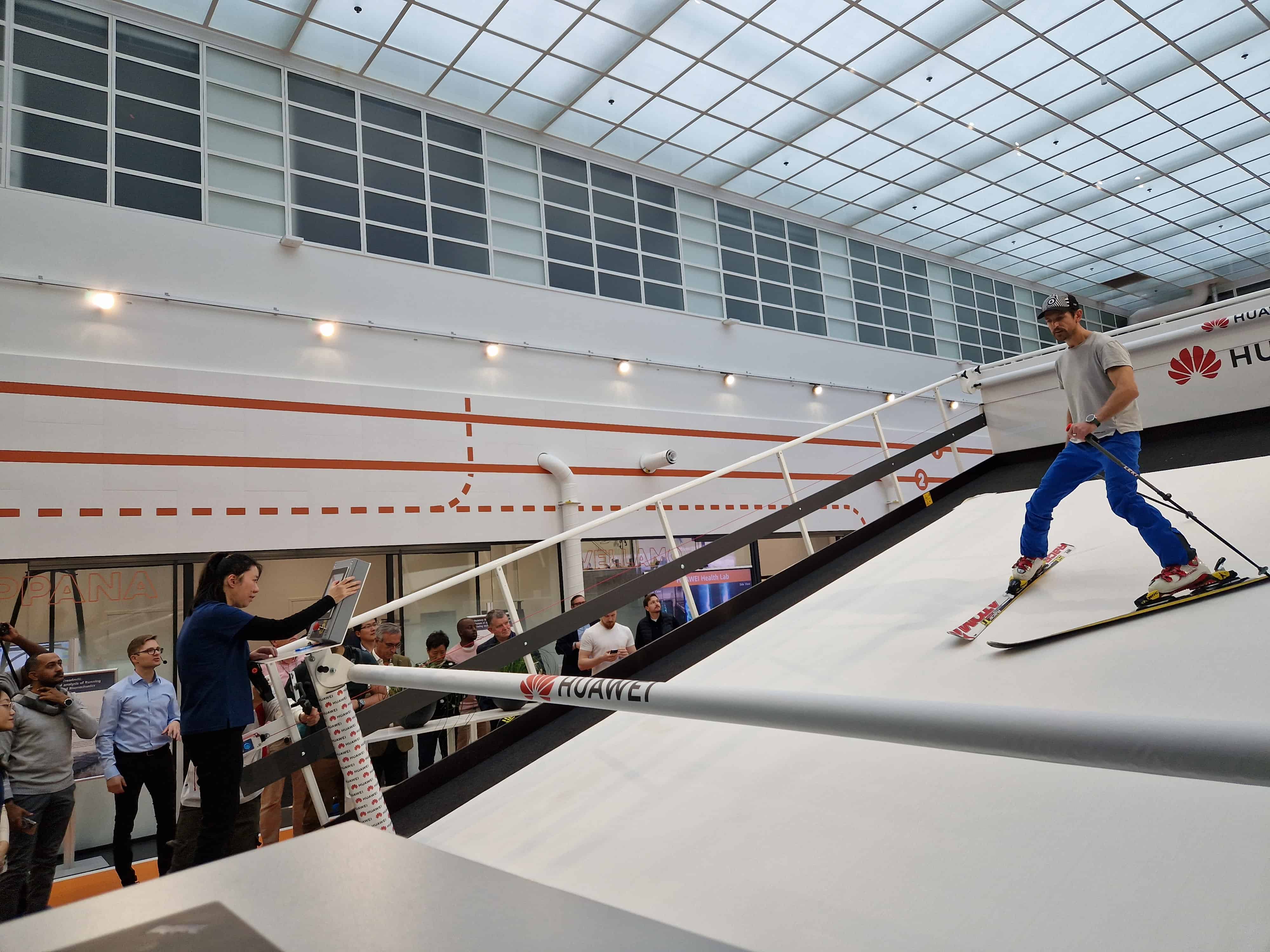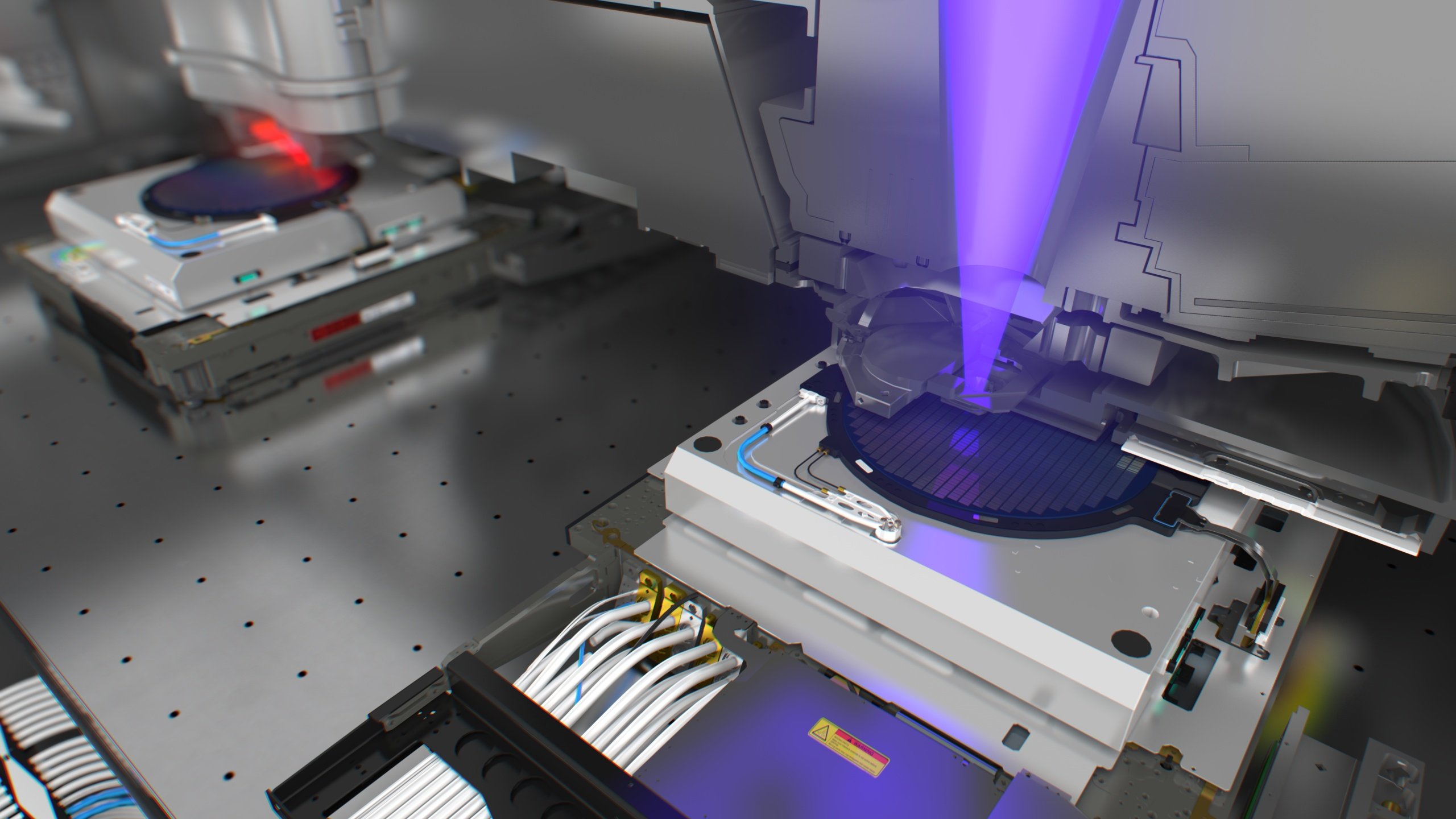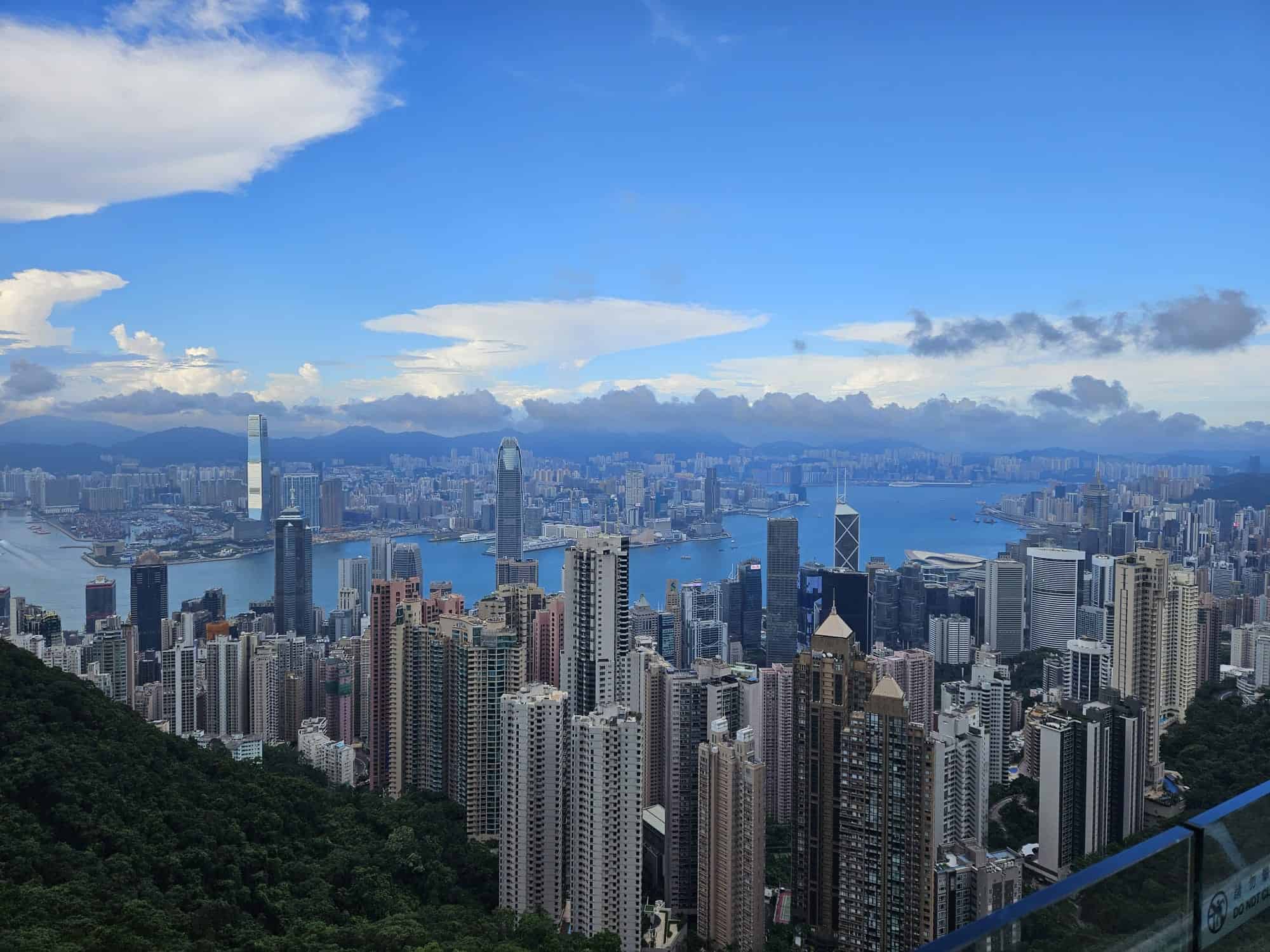
Much remained on the surface against the imposing skylines of global cities Hong Kong, Shenzhen, and Shanghai. What did become clear: the Chinese tech giant is determined to bring an alternative to Western telecom technology to market.
We accepted the invitation because a tremendous amount of things are happening at Huawei – and in the rest of China – regarding technology. The invitation was a chance for us to see a glimpse of these developments up close.
- Huawei is building a computing backbone for China and wants to offer it to the rest of the world;
- Partly thanks to sanctions, the tech giant is now developing all the necessary hardware and software itself;
- The company is moving from an All-Cloud to an All Intelligence strategy.
The trip begins in Hong Kong, a taste of the “real” China: WhatsApp still works there, and you don’t need a visa as a European. While the journalists somewhat uncomfortably prick dim sum from the rotating table with their chopsticks, Jessica Wangxin, part of Huawei’s international media team and our guide for the week, begins to talk enthusiastically. “To me, Ren Zhengfei is a philosopher.”
Due to sanctions, Huawei now develops everything itself
The information and communications technology company that Zhengfei founded in 1987 has been hit hard recently. In 2019, it was blacklisted by Trump. For example, Huawei phones are no longer allowed to be equipped with 5G chips, and in the Netherlands, the company is no longer allowed to participate in the auctions for the 5G telecom network.
As a result of the strict sanctions, Huawei is now developing all of the U.S. hardware and software it was using in-house. According to Zhengfei, an alternative had to be found for thirteen thousand components previously arriving from U.S. suppliers.
Huawei’s computing backbone consists of HarmonyOS, an operating system for the IoT sector, and EulerOS, a Linux-based operating system for enterprise servers. It is estimated that over 30 Chinese operating systems – from smartphones to tablets to industrial equipment – are currently based on Harmony OS, accounting for over 600 million users.
Numbers also testify to Huawei’s full commitment to R&D. In 2022, a quarter of its 642 billion renminbi (86 billion euros) revenue went to innovation. That amount has never been so high. Half of the 195,000 employees work at one of its 16 R&D facilities.
Surreal Europe in the metropolis Shenzhen
Twenty-five thousand of them work at the Ox Horn campus just outside Shenzhen, the second stop of our trip. Known for its manufacturing industry, the city grew from 30,000 to 17.5 million inhabitants within 50 years. The average age is under 30, many highly educated engineers live there, and in addition to Huawei, Alibaba, and Tencent, among others, have established their headquarters there.
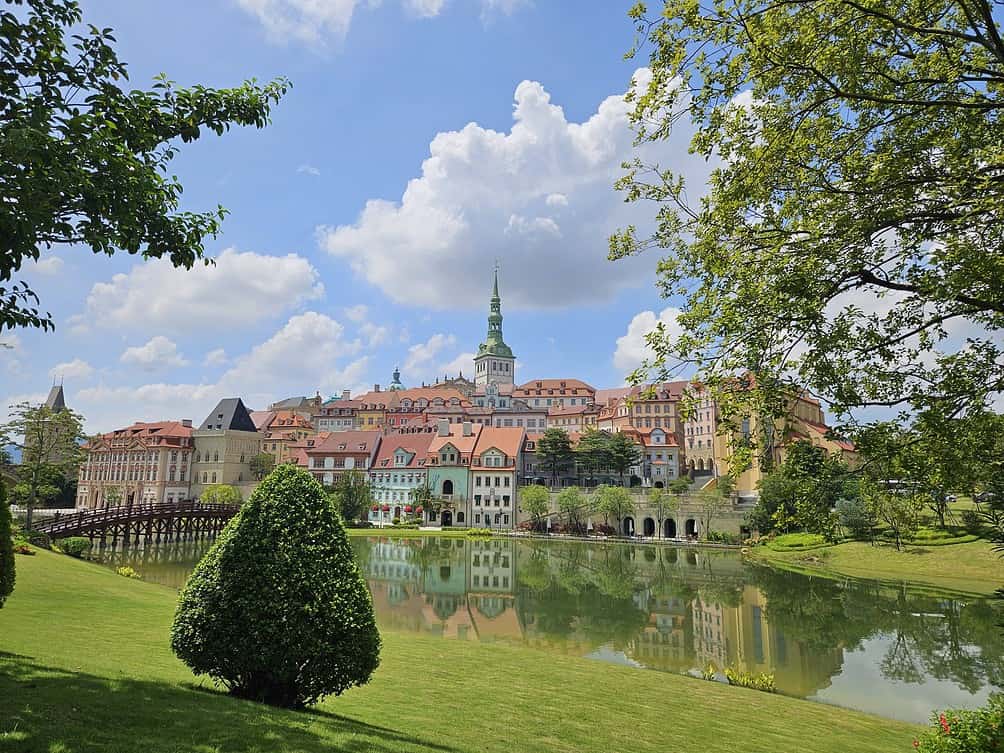
Huawei’s campus lies on the outskirts of the city, officially Dongguan. The gray skyscrapers of the metropolis of Shenzhen sharply contrast with the baroque architecture of the laboratories, restaurants, and library on campus. The grounds are a reproduction of 12 European cities. Many employees live and work at the campus; a train takes them from the apartment complex to their Brussels, Verona, or Paris offices. Everything matches in detail: even the patterns of the iron garlands hanging between the poles in ‘Bruges’ are indistinguishable from the real thing by a Belgian journalist. ‘We love Europe!” says Wangxin with a smile.
The research on chips, antennas, and 5G being conducted on campus occurs behind closed doors. Except for a group of employees running their daily lap around the campus – physical training is an essential part of the training employees receive – we hardly see any people. “They’re inside, working. Where else?” reads Wangxin’s explanation. We must give them great credit; it’s 36 degrees, and the humidity is around 90 percent. On the Ox Horn campus, weather conditions seem to be the only aspect Huawei failed to replicate.
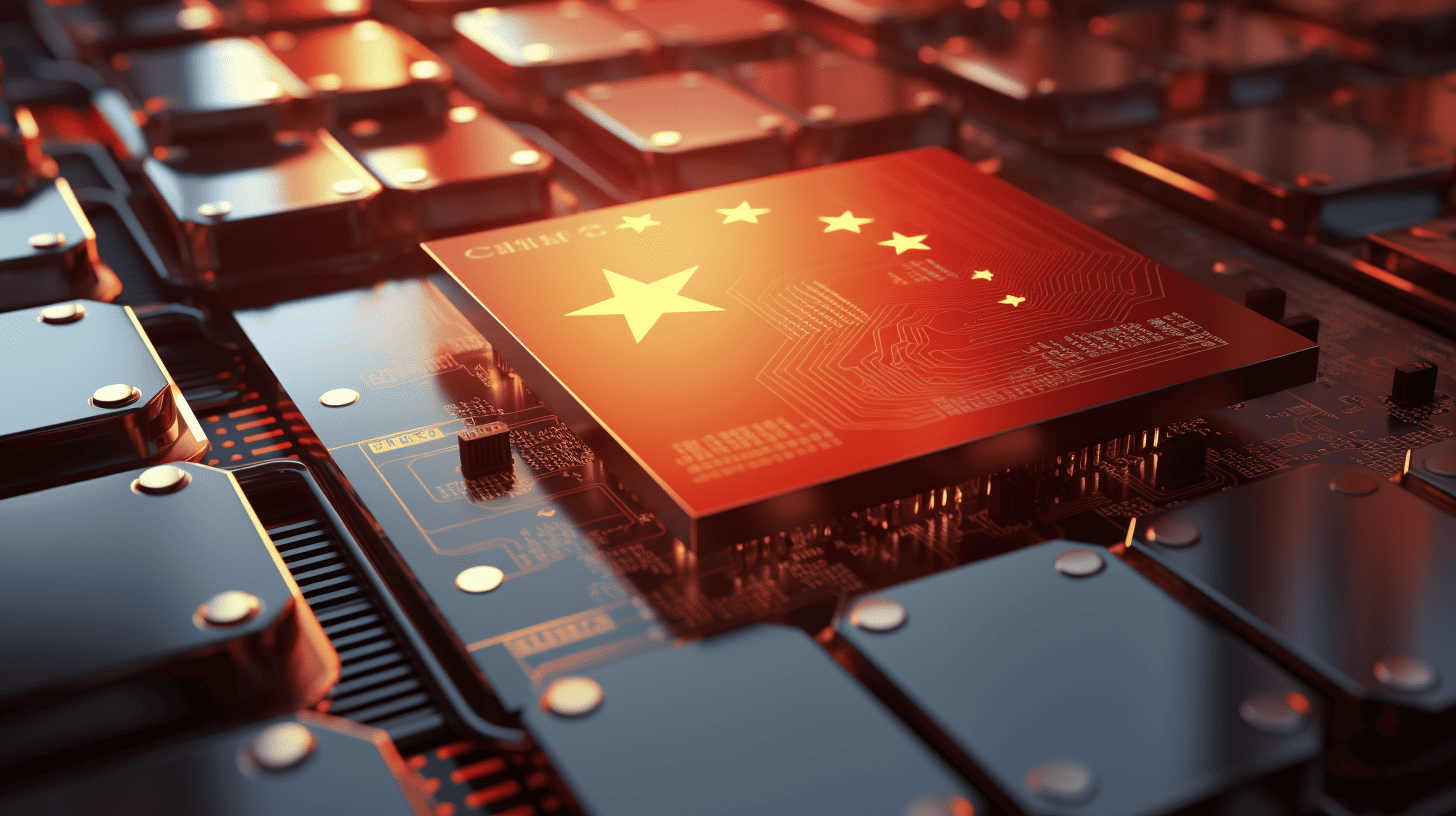
Taking full advantage of strategic opportunities AI
The annual tech conference Huawei Connect marks the conclusion of our trip. The event takes place in Shanghai, an international trade center and China’s largest city.
“Artificial intelligence is gaining momentum, and its impact on the industry continues to grow,” kicks off Sabrina Meng, CFO and rotating chairman. As an expert in wireless networking technology, Huawei is shifting from an All-Cloud to an All Intelligence strategy. The goal? Help industries take full advantage of the new strategic opportunities presented by AI.
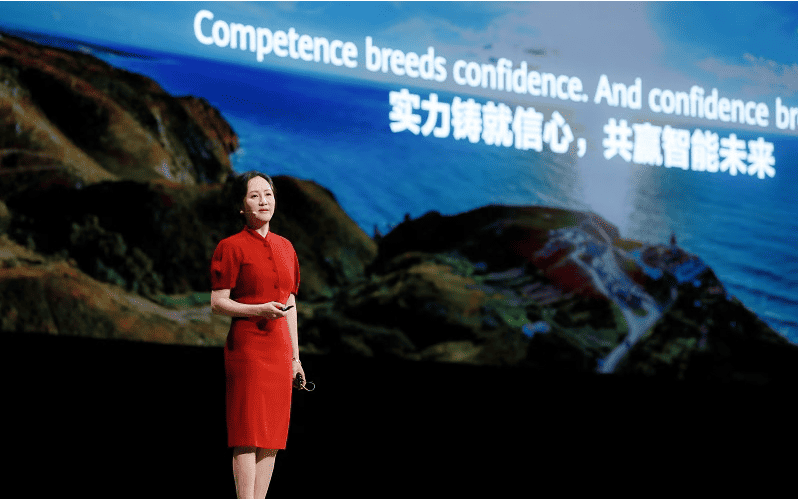
“Huawei is committed to building a solid computing backbone for China – and another option for the world,” said Meng, affectionately called “the princess of Huawei”. This key message is repeated several times by various speakers at the conference. The core of this strategy, with which Huawei is fully committed to AI, is to provide massive amounts of computing power needed to train models. Meng: “We will continue strengthening the synergy between hardware, software, chips, edge, devices, and cloud.”
When David Wang, executive director of Huawei’s board of directors, launched the Atlas 900 SuperCluster, Meng’s words came to life. This AI computing cluster is optimized for training massive AI models with over a trillion parameters. According to Wang, the Atlas 900 “takes the speed and efficiency of foundation model training to a whole new level.”
Huawei also came up with a solution in the area of storage power. And it does so in the guise of the OceanStor A800: an innovative storage system specifically for massive amounts of AI data. These are just some of the applications and applications that the Chinese tech giant launched during the event.
Flying under all circumstances
And then there was the application that was conspicuous by its absence. Earlier this month, we wrote about the launch of the Mate 60, which Huawei used to put the geopolitical relationship on edge. Reportedly, this phone would feature a non-Western 5G chip: the Kirin 9000. This is an essential step for a self-sufficient China. Remarkably, there was no mention of this development at Huawei Connect.
Although top executive Xu Zhijun told us back in April that he does not believe the Chinese semiconductor industry will “stand by helplessly,” it seems that not large-scale production of 5G chips but intelligent internet based on AI, is the battle Huawei chooses.
Sanctions or not, a lot is happening in China. And it does so at a breakneck pace. During a final conversation with Wangxin in the cab on the way to the airport, she tells of an old Chinese saying, “A pig can fly in the wind, but when that wind dies down, the pig falls to death.”
The Chinese use the saying to express the importance of adaptability and seizing opportunities. So that you can keep flying even when the wind dies down. It’s exactly what Huawei wants to get to: grow wings that keep flying under all circumstances.
